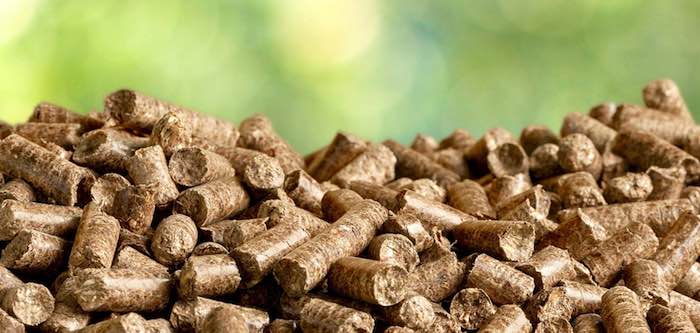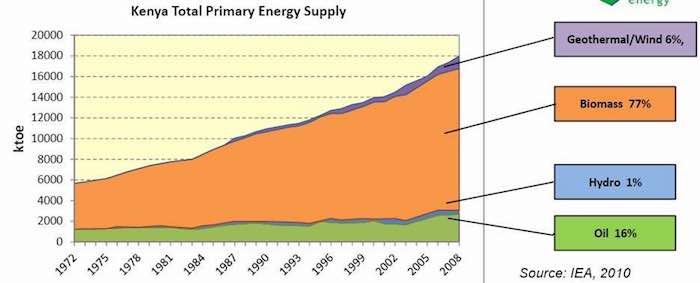Energy from biomass schemes
Heating empty Buildings with Wood-Pellets--to get Rich

It may not work everywhere but in Northern Ireland it appears to be a fact. As
Eric Worrall reports, there "Businesses that signed up [to the
Renewable Heat Incentive (RHI)] could receive £160 from the government for every ¬£100 they spent on fuels, such as wood pellets, burnt in biomass boilers. As people spotted the gains to be made, there was a surge in applications and costs spiralled."
As a result, enterprising companies and individuals started to heat empty buildings, just to collect the subsidies that covered more than the costs.
If you happen to think that that subsidy scheme isn't crazy enough by and in itself, read on about the reason for this government-"benefit." It is supposed to prevent the claimed (undue) heating influence of mankind on the climate.
Burning Wood-Pellets to prevent an "Overheating Climate"
That's the idea and no costs (tax revenues) are to be spared in its furtherance. After all, it's no secret that increasing levels of carbon dioxide (CO2) in the atmosphere have already contributed to a greening of the planet in formerly arid areas. So, cutting down forests and turning them into wood pellets for burning as biomass to heat empty buildings will produce more of that "evil" CO2 and, thus, lower the (claimed) CO2-derived (modeled or anticipated) overheating.
If you fail to follow this logic, be assured that you are not alone.
In fact, that logic is extremely flawed. Trees lower the atmosphere's temperature by storing (in its root and soil) and later evaporating much (rain) water. The heat energy so removed from the atmosphere is enormous. It requires approximately six-times the amount of energy than heating the same amount of water from a freezing to boiling temperature. That's by far the largest temperature-regulating effect of forests. The conversion of atmospheric CO2 to wood biomass has a great effect on the climate -- however not because of its removal from the atmosphere (it does not have a "greenhouse gas effect") but by enabling the growth of plant cover that transpires water and thus cools the air. Therefore, higher CO2 levels in the air also encourage faster growth of plants -- hence also more atmospheric cooling.
But let me return to the Renewable part of the RHI. There is a not so slight difference between renewable and renewed.
Renewable vs. Renewed
For many years, the country Kenya in Africa was THE poster child for "renewable" energy use, i.e. the burning (for heat and cooking) of their native forests. Many non-governmental organisations (NGOs) touted Kenya for its "climate conscious" use of biomass for fuel. In Kenya, biomass, i.e. wood provides most of the energy used for heating and cooking
(75+% of all energy consumed, in 2012). Even the World Bioenergy Association (in the same report) now admits that "Biomass plays a significant role in the energy system. However, there is a problem with deforestation in the country due to unsustainable exploitation of forests for energy and cooking."
Having eliminated much of the natural forests cover in recent decades by "
Downgrading, Downsizing, and Degazettement," Kenya's well of "renewable" biomass has largely run dry. The country has also lost its poster child status for biomass energy use among its (amazing) number of 5,000 or so registered NGO outfits. While the former may actually be good, the decline of
natural forests is not. With that decline also comes reduced rainfall, less water retention by the soil, erosion and loss of soil fertility.

Some of Kenya's previous natural forests have been replanted with coffee tree plantations and other cash-crop plants. However, such
plantations are neither intended to, nor could ever become natural biomass replacements. And the rest of the world is not far behind. Natural forest cover is being changed to provide land for agriculture, industry, housing and transportation; all around the globe.
Britain, Kenya, and Alabama
Dear Reader, you may wonder what Kenya has in common with U.S. States like Alabama, Virginia, and the Carolinas, and the RHI in Britain? Actually, more than you may think.
The
States noted above are feeding the European "energy from biomass schemes" to a large measure. In those states, whole tracts of native forests are being "pelletized" each day and shipped by freighters to the UK. There, the pellets are used to produce electric power and energy for cooking -- or heating empty buildings.
Of course, Britain is not alone in pushing that idea though other countries use more euphemistic terms for reducing natural forest cover, like Forest Rejuvenation; for an overview, see
Fao.org.
But it doesn't matter what terms are applied to disguise the true intent and consequences of deforestation; the terms renewable and renewed are not the same. The most important part of that is the time required to get from one stage to the other.
Healthy 150-year old trees can be cut down in a hurry and replaced by planting saplings that are few inches tall.
Please remember though, it may just take a century or two to for the trees to become truly "renewed."
Dr. Klaus L.E. Kaiser -- Bio and
Archives |
Comments
Dr. Klaus L.E. Kaiser is author of CONVENIENT MYTHS, the green revolution – perceptions, politics, and facts Convenient Myths


